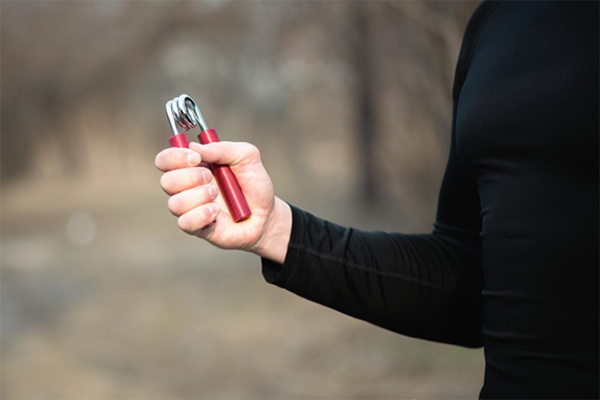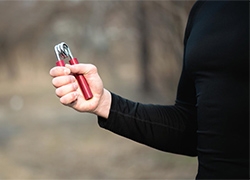
Surgery can repair damage to the hand, but it represents only the first step in the recovery process. What follows is equally important for restoring function and independence. Without proper rehabilitation, recovery may be incomplete. In recognition of Physical Therapy Month, this post highlights how physical therapy plays a vital role in strengthening, improving flexibility, and supporting lasting recovery after hand surgery.
The Crucial Role of Physical Therapy in Hand Recovery
After surgery, hand tissues like muscles, tendons, and ligaments need guided healing. Physical therapy provides targeted exercises that promote tissue repair and improve blood flow. Manual techniques and therapeutic modalities may help to reduce swelling, pain, and inflammation, setting the stage for faster recovery. Without structured therapy, patients risk developing stiffness, weakness, and loss of coordination that can significantly limit hand use.
How Physical Therapy Restores Strength
Surgery often weakens hand muscles due to immobilization and trauma. Physical therapy involves progressive strength training tailored to the patient’s condition and surgical procedure. These exercises rebuild muscle power, improve grip strength, and enhance fine motor skills essential for everyday tasks. A careful balance between challenge and safety prevents overuse that could compromise healing.
Improving Flexibility to Prevent Long-Term Disability
Flexibility is key to maintaining range of motion and hand dexterity. After surgery, scar tissue and joint stiffness can limit movement if not properly managed. Guided stretching and mobilization exercises help loosen tight tissues and restore normal motion. This flexibility not only improves function but also reduces pain and fatigue, making it easier to return to work and hobbies.
Customized Therapy Plans for Optimal Outcomes
Every hand surgery and patient is unique. Individualized rehabilitation plans take into account surgical details, patient goals, and healing progress. Regular assessments allow adjustments in therapy intensity and focus, ensuring continuous improvement. This personalized approach maximizes recovery potential and helps patients regain confidence in their hand’s abilities.
When to Start Physical Therapy After Hand Surgery
Early intervention is often critical. Depending on the surgery type, a carefully planned physical therapy program may begin within days to weeks after the procedure. For example, after a carpal tunnel release, therapy can be used within 1-2 weeks restore motion and prevent scar tissue from forming. In contrast, when recovering from a hand fracture with fixation, therapy may be delayed for 2-3 weeks to allow the bone to heal before safely beginning movement. Starting too soon or too aggressively can risk injury, while delayed therapy may increase stiffness and weaken muscles. A tailored approach ensures the ideal timing and regimen for each patient’s safe recovery.
Trust Expert Care for Your Hand Recovery
Restoring strength and flexibility after hand surgery is a complex process that benefits immensely from skilled physical therapy. If you or a loved one is considering or recovering from hand surgery, consult with Dr. Shrouder-Henry for expert surgical care and a personalized rehabilitation plan tailored to your needs.
AUTHOR: Jason Shrouder-Henry, MD, MBA is a Board Certified and fellowship-trained orthopedic surgeon specializing in the hand, wrist, elbow and shoulder throughout Chicagoland.


